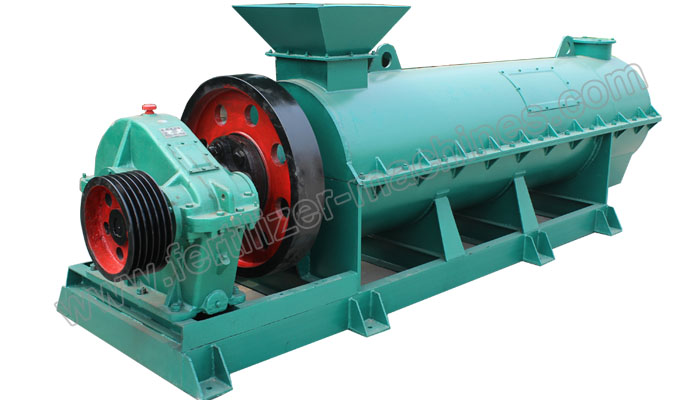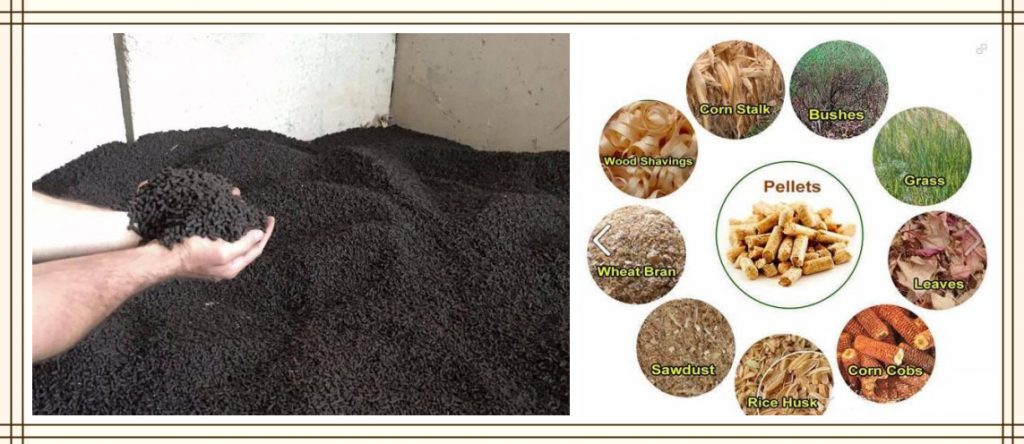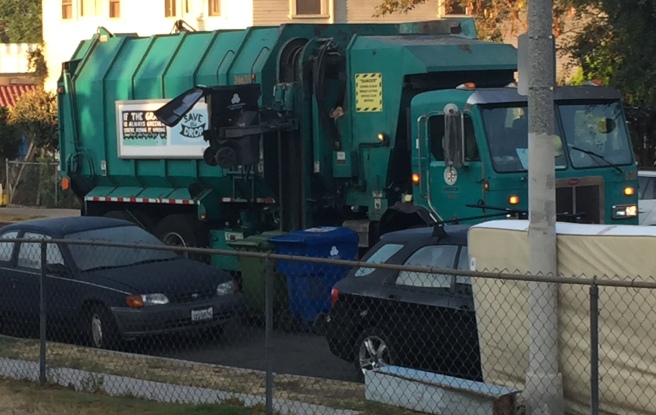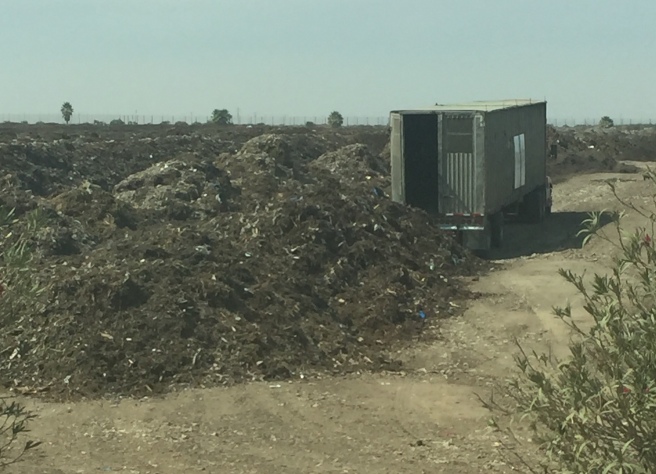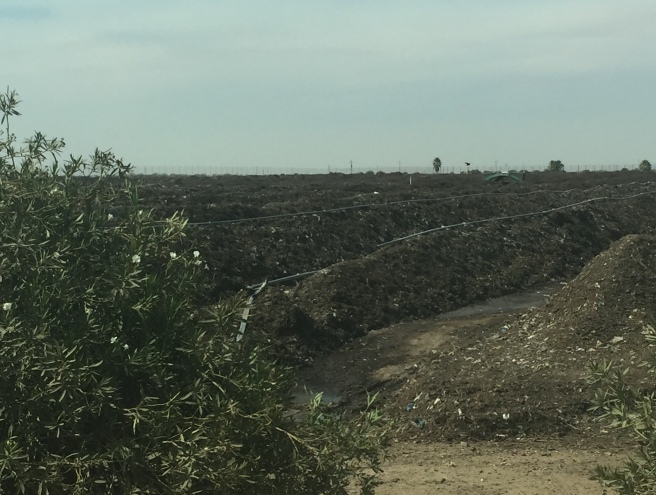Earlier this year, Brazilian incumbent Dhilma Rousseff won re-election as president of the country boasting Latin America's largest economy. At the time we asked, "Is It Time to Invest in Brazil?"
The thesis was simple enough. Despite a halt to the double-digit growth seen before the financial crisis, Brazil is still home to a near 100 million-person-strong middle class. It is governed by a mature democracy. It is absolutely loaded with natural resources. Taking a long-term view, the future looks quite bright for this sleeping giant.
Investing in foreign markets isn't always easy
The challenge for investors here in the U.S. is finding an appropriate vehicle for investing in the Brazil markets. In the previous post, we mentioned Petrobras, Brazil's massive, state controlled oil company, the home building company Gafisa S.A., and the largest diversified ETF, the Shares MSCI Brazil Index Fund.
The challenge for investors here in the U.S. is finding an appropriate vehicle for investing in the Brazil markets. In the previous post, we mentioned Petrobras, Brazil's massive, state controlled oil company, the home building company Gafisa S.A., and the largest diversified ETF, the Shares MSCI Brazil Index Fund.



